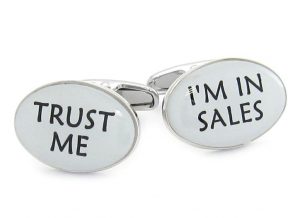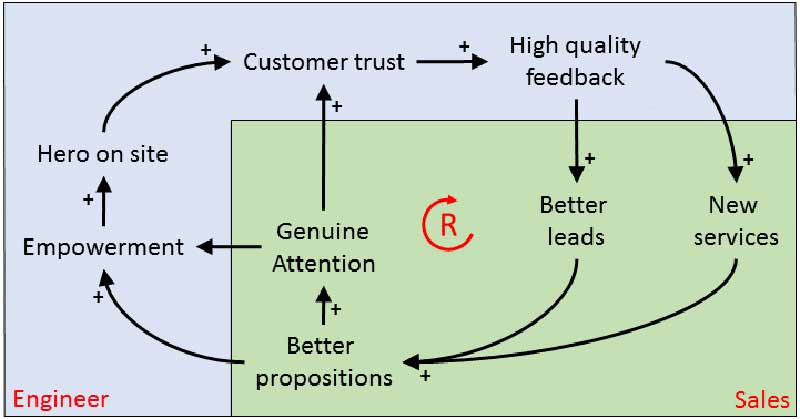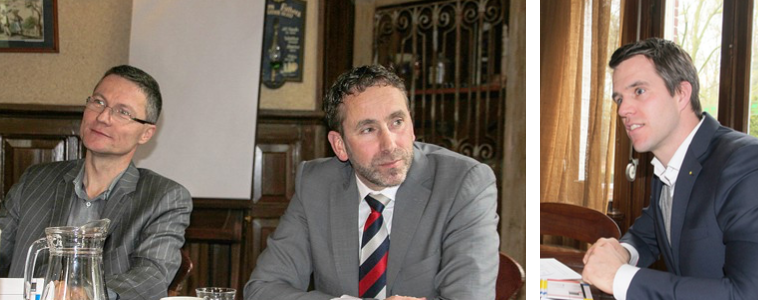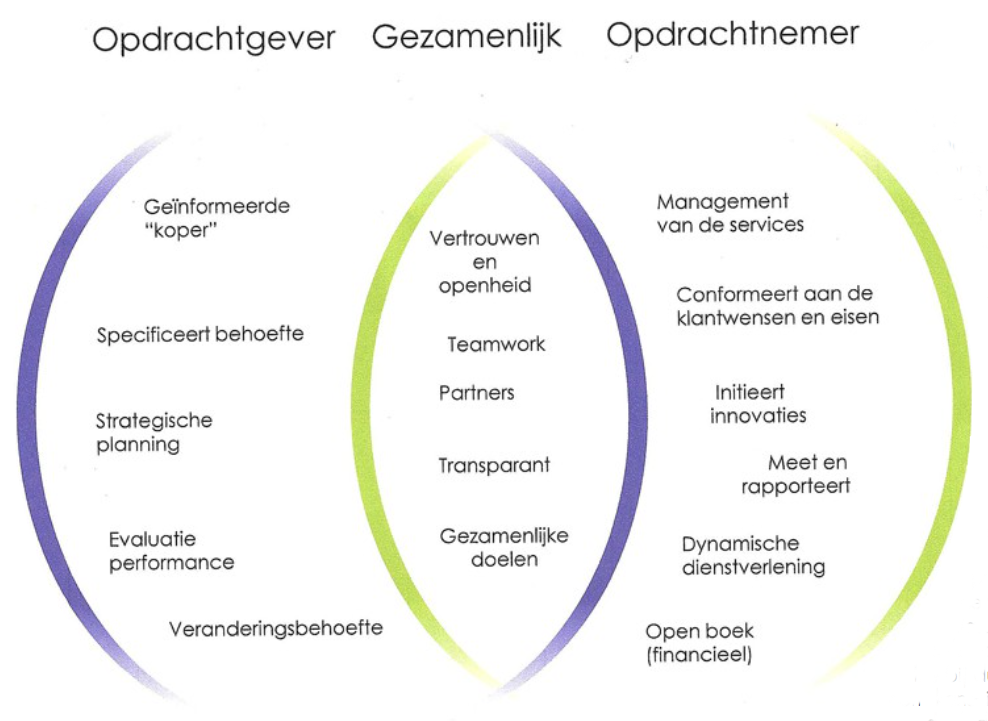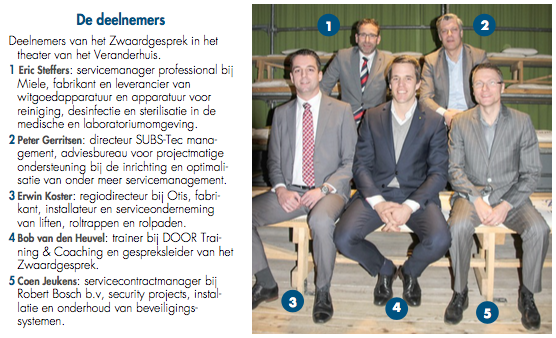Do you want to own a car, or do you want to drive it? Do you want to buy and maintain a piece of equipment, or do you want to operate it?
In our business practise we often have these conversations when reminiscing on what really matters to end-users. We tend to believe it’s about outcomes and value, call it Servitisation. Still we see a lot of conventional decision making focussed on the product and associated Capex.
Voice of the Customer
According to a research by Accenture[i] around 10% of the life cycle cost is linked to designed and acquisition. The other 90% of cost is incurred during maintain, operate and disposal. Thus, it is not surprisingly that we witness an increase in customer awareness concerning the maintain and operate phase of a product.

The maintain and operate phase is as important to the customer as it is to the supplier. Witnessing dwindling margins on the product sale, suppliers are (re)focussing on the profitable margin contribution of maintain and operate services. At the same time customers are trying to reduce their operational expenditures. Focussing on the voice of the customer is often the path to finding a long-term partnership compared to short-term commercial “victories” of either party.
We want to reduce our operational expense but realise that we need the supplier in the long run.
Why should I own the Product
The road to servitisation often starts with a simple question: “if I only want the value/ outcome of a product, why should I bear the risks of owning it while the supplier holds all the knowledge about the product”.
- Rolls Royce “invented” Power-by-the-hour offering because the Royal Airforce demanded a fixed cost per hour in 1962.
- Philips created Pay-per-Lux in 2015 as a result of an academic experiment with Schiphol Airport only requesting light.
- Bosch Siemens Hausgeräte offers refrigeration-as-a-service to housing corporations reducing total cost of ownership while at the same time minimising ecological footprint.
The common thread in the above three examples is that these manufacturers transformed their business model from one based on Capex and Title Passage to one based on Pay-per-Use and partnership.
It’s a matter of looking at a bigger picture beyond the typical functional boundaries inside any organisation:
- Apart from the one-time-sale, what is the “win” for a manufacturer in selling a piece of equipment the customer is not able to use?
- Apart from a short-term saving, what is the “win” of a discount for a customer when it stiffens innovation?
The transformation towards outcome-based service contracts enables both manufacturer and customer to define mutual and sustainable value.
A Product is the carrier of its Outcome
Leap of Faith
To a certain extent buying/ selling a Service rather than a Product is a leap of faith. Both manufacturer and customer are in for a paradigm shift.
- A manufacturer will have to recalibrate from the concept of infrequent revenue recognition to sustainable margin contribution.
- A customer will have to disconnect the outcome of a product from owning it.
Thus, we see manufacturers and customers not completely abandoning the Capex & Title Passage business model, but we see them adding a business model based on outcome-based services once their mindset embraces the bilateral value promise.
Gartner[ii] expects that by 2023, 25% of commercial or industrial OEMs will offer IoT-connected product(s) via outcome-based service contracts
Seconding the transformation towards outcome-based services is the rise[iii] of the role of the Chief Revenue Officer (CRO). With a lesser margin contribution from the product sale organisations are looking at means to tie in the margin contribution of services. With a CRO organisations are putting all their eggs in one basket regarding to drive sustainable and profitable revenue growth. Companies with a CRO are leading with outcome- and subscription-based service offerings.
Digital and Connected
In an outcome-based model the focus shifts from Owning to Using. Digital technology and connected products are the key enablers in understanding and managing product usage.
It starts with creating full visibility of how a piece of equipment performs in the business context of your customer and how costs are incurred in doing so. Next, you’ll need to have a set of levers to be able to influence the both maintenance and operate activities. Lastly, you’ll need to understand how your customer will make money by using the outcome in order define a pricing model.
In a business model based on title passage and transfer of risk to customer there is a lesser motivation for the supplier to invest in digital and connectivity. The greater the motivation is in an outcome-based model where all maintain and operate risks remain with the supplier. Technology becomes a means and necessity to mitigate those risks.
- Digital stream lines operations
- Connectivity creates visibility and transparency
Customers expect things to work
A second reason to invest in digital and connectivity is an increasing customer expectation that products simply must work. This implies two things:
- Prevent a product from breaking.
- When it does break, minimise the impact on operations.
Using technology allows us to pre-empt a failure and to minimise the impact of downtime on operations.

In an outcome-based business model both customer and supplier have an aligned interest to ensure availability of the outcome “when needed”. The last two words are essential, because no matter how much you’ll invest in preventing downtime, ultimately any product will break or need maintenance. Thus, it’s the combination of technology and understanding the outcome requirements of your customer that defines the ability to monetise outcomes.
Mutual benefit
With new outcome-based variants in the offing, we often hear the doubt: “What happens when the outcome is made available by supplier, but it’s not utilised by customer”.
For nearly two decades we are familiar with the copying machines example where you pay per copy. Over the years copier companies have perfected their outcome-based model with their customers to mutual benefit. The mechanisms they have created:
- Provide consultancy and software solutions to make better and more usage of the deployed copying machines.
- If utilisation goes up, the copying machine is replaced by a larger model and the former model is deployed at customers with a smaller demand.
- Use price breaks and contract duration to cater to customer cost predictability expectation.
Going back to our own examples. An airline buying power-by-the-hour has a genuine interest to fly the planes. A building owner buying pay-per-lux or refrigeration can only last when having tenants. If you can find the right driver to bill your outcome, outcome-based services are the way forward. In the end we want to use products. We need medical equipment because we value life. We require construction equipment because we need buildings to live and work. We need transportation means because we want to travel. Looking forward, the Gartner prediction may be conservative.
[i] Insight into Asset Lifecyle and Total Cost of Ownership – Accenture 2012
[ii] Critical Capabilities for Field Service Management, Gartner 2019 – G00436216
[iii] Anticipating the Information Needs of the Chief Revenue Officer in 2023, Gartner 2012, G00239551,

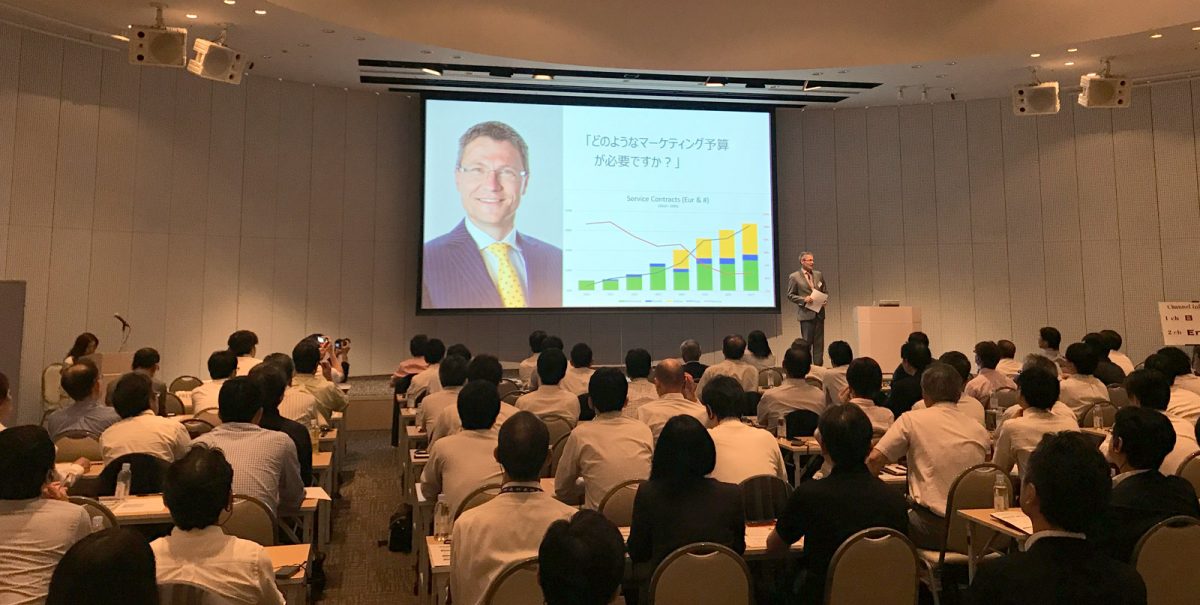





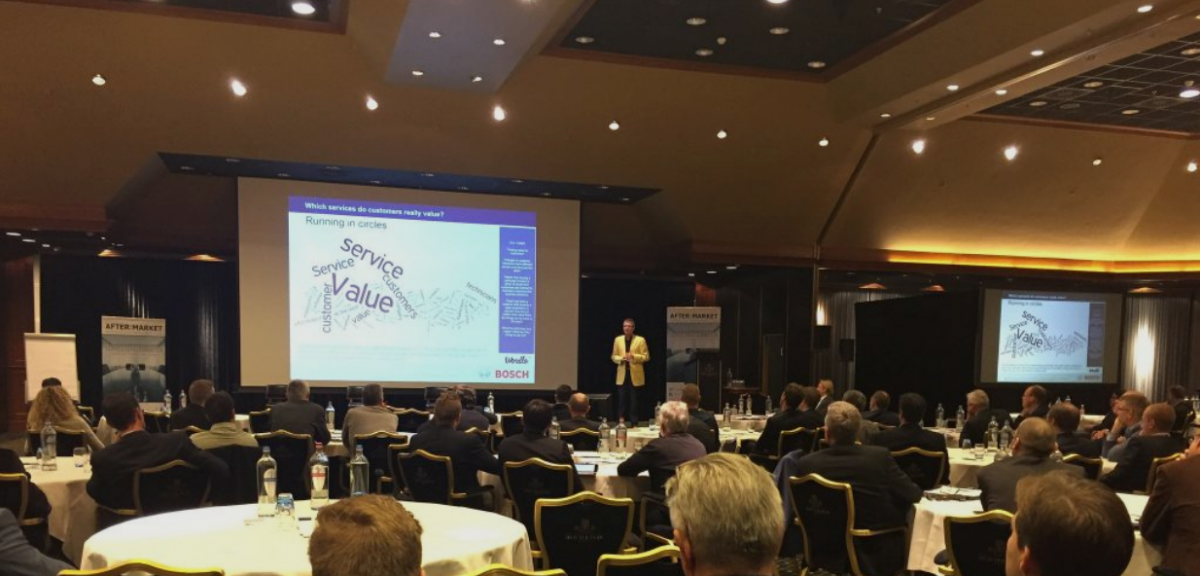


 In the Philips Lighting dialogue the customer asks for a Design, Build, Finance, Maintain and Operate solution. This DBFMO framework can be used to understand total cost of ownership.
In the Philips Lighting dialogue the customer asks for a Design, Build, Finance, Maintain and Operate solution. This DBFMO framework can be used to understand total cost of ownership.



